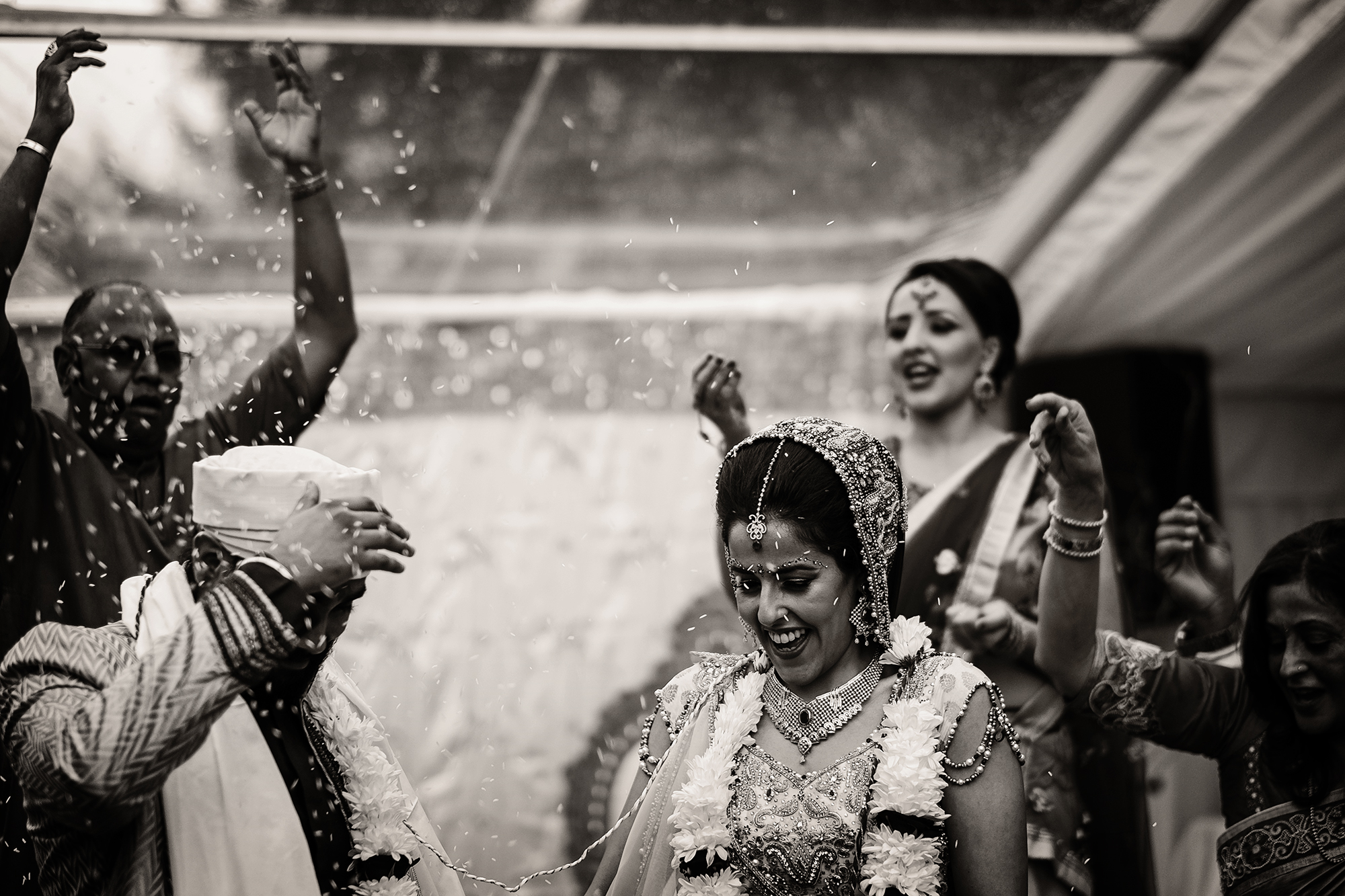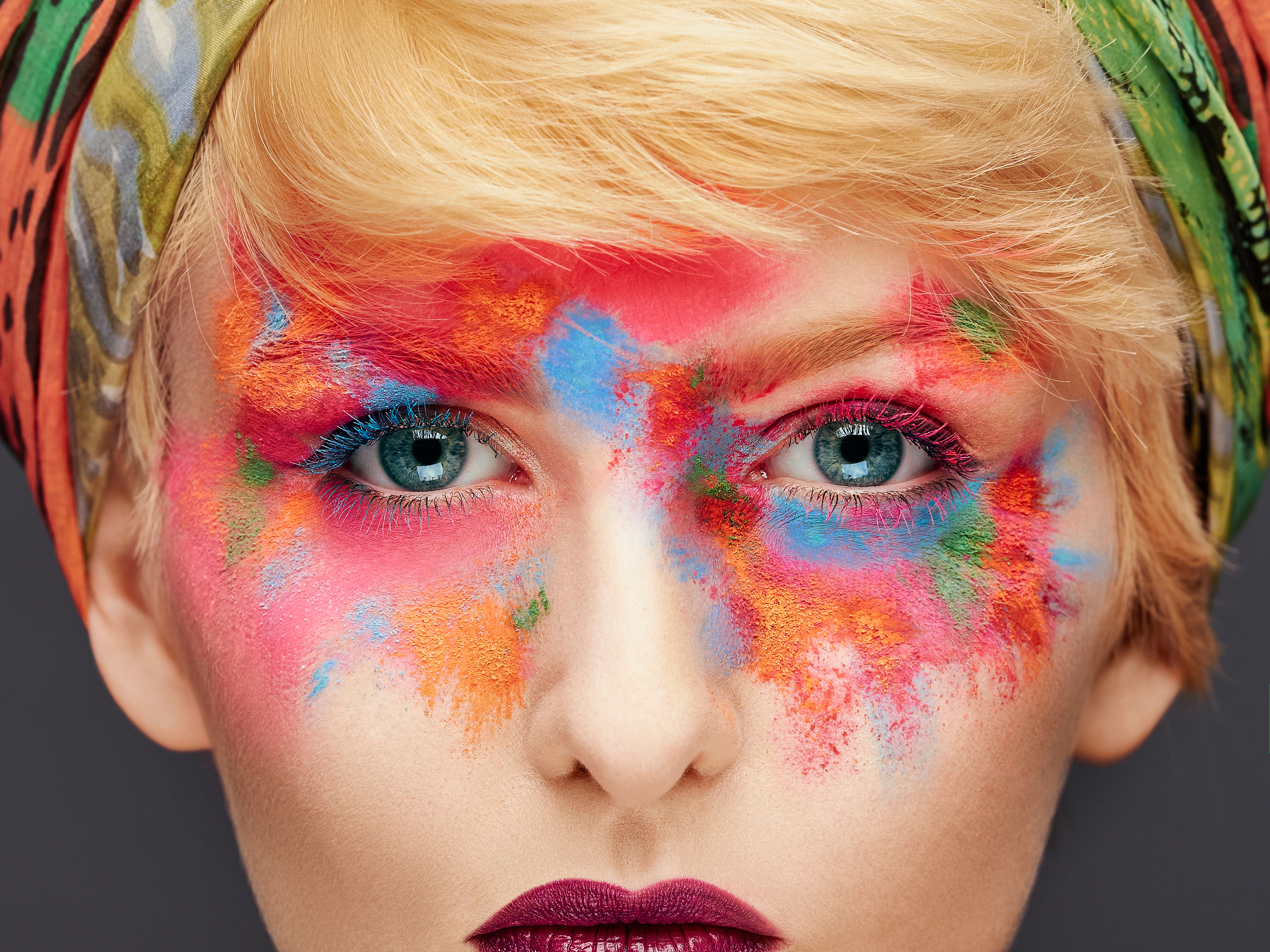Find out why our Fujifilm X-Photographers love the widest of our super-fast aperture prime lenses, the FUJINON XF16mm F1.4 R WR.
Products
Which camera is right for me – X-T10 or X-E2S?
If you have been looking between these two cameras or asking “What is the real difference?” this blog is for you.
Adventuring with Mother Nature and X Series
Explore the Pacific Northwest with Daniel Malikyar, epic adventurer, thrill-seeker, and avid X Series photographer. Learn how his X-T1 helps him create landscape imagery at new heights!
Why I love: the Fujinon XF56mmF1.2 lens
Find out exactly why our Fujifilm X-Photographers love the XF56mm lens..
“Why I love the Fujinon XF50-140mm F2.8 R LM OIS WR lens”
Find out why the X-Photographers love the XF50-140mm lens for so many different styles of photography.
X-T1 or X-T10 ?
Fujifilm UK’s Marc Horner temporarily replaced his trusty X-T1 with a new X-T10. Find out what the key differences are and also whether he’d consider making it a permanent switch.





